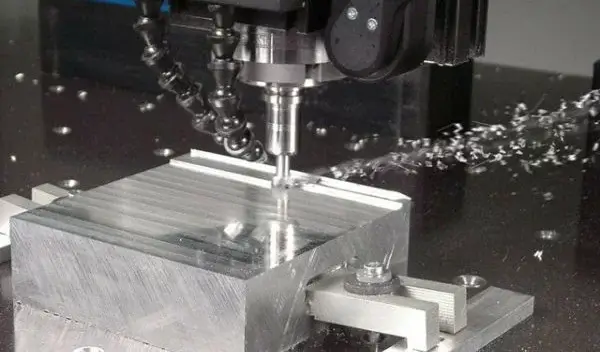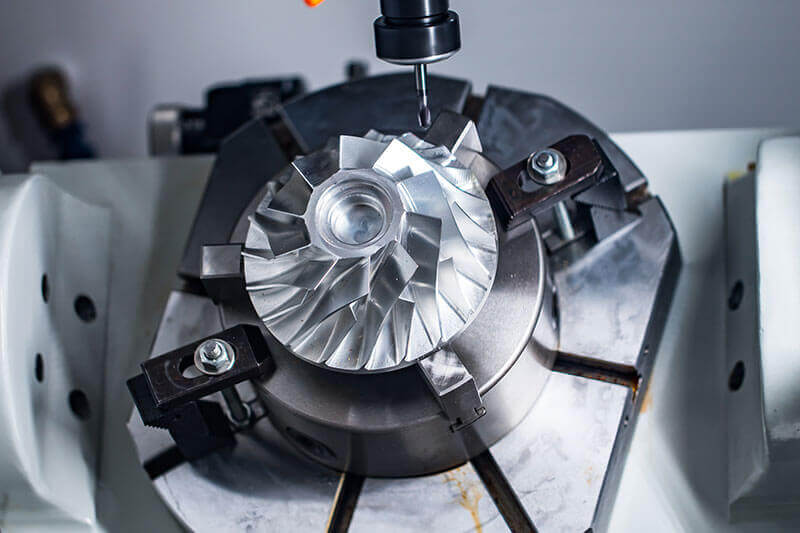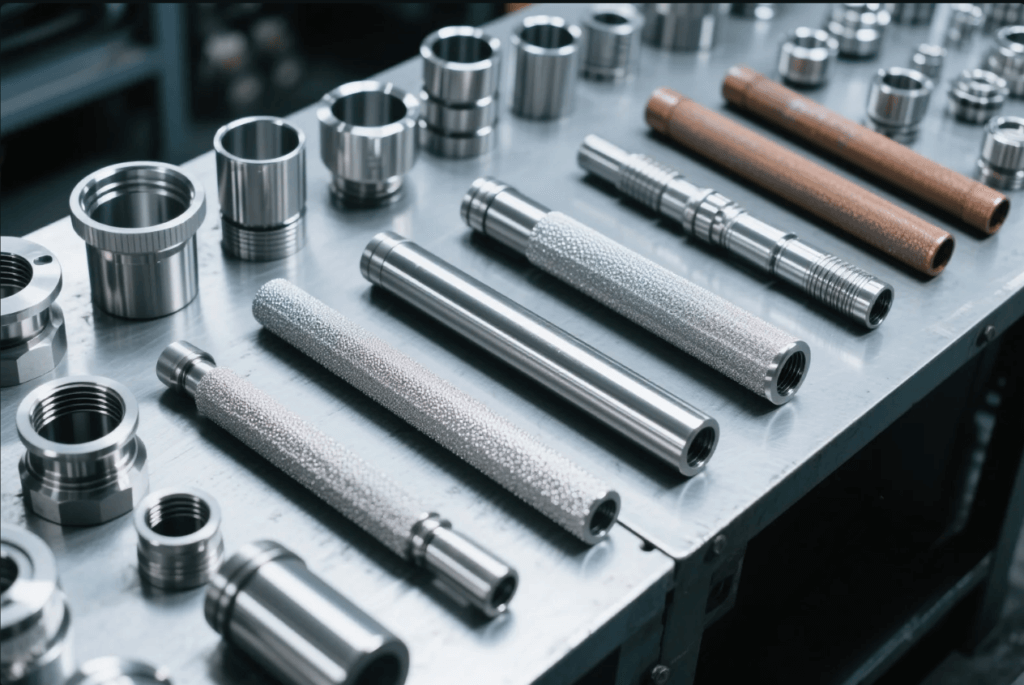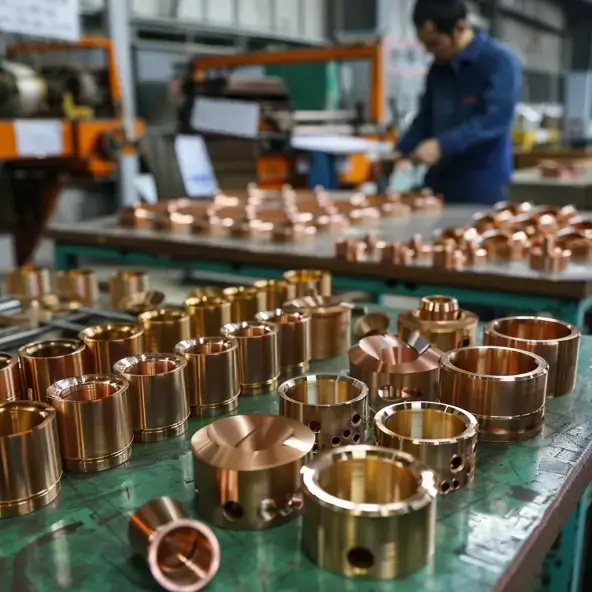Comprehensive Guide to CNC Steel Machining
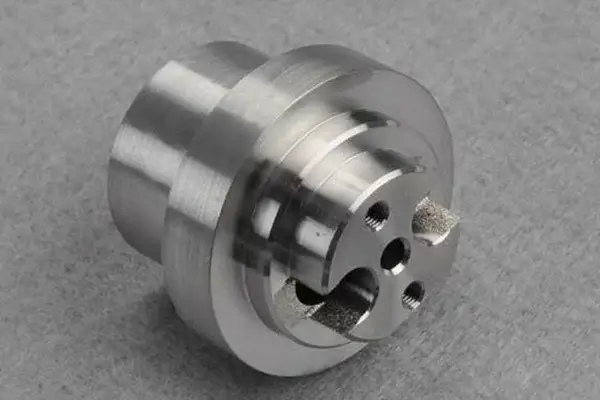
What is CNC Steel Machining?
CNC steel machining represents the pinnacle of precision metal fabrication, combining computer numerical control technology with advanced cutting tools to shape steel alloys into exact components. This subtractive manufacturing process transforms raw material into finished parts through programmed toolpaths that guide cutting tools with micron-level accuracy. Unlike conventional machining, CNC technology enables:
- Unmatched repeatability: Production variances under 0.005mm across batches
- Complex geometries: 5-axis simultaneous machining of intricate features
- Material efficiency: Optimized toolpaths reduce waste by 15-30%
- Process control: Real-time monitoring ensures consistent quality
Modern CNC steel machining has revolutionized industries ranging from aerospace to medical devices by enabling mass production of components that previously required skilled manual machining. The automotive sector, for instance, relies on CNC-machined steel parts for 78% of critical engine and transmission components.
What are the CNC Steel Machining Processes?
The steel machining industry employs several specialized CNC processes, each offering unique advantages for different applications:
1. CNC Milling Operations
Multi-axis milling centers dominate steel component production through versatile material removal strategies:
- Face milling: Creates precision flat surfaces (±0.01mm flatness)
- Contour milling: Machines complex 3D profiles in single setups
- High-speed machining: Specialized toolpaths for hardened steels
2. CNC Turning Techniques
Lathe operations excel at producing rotationally symmetric steel components:
- Hard turning: Finishes hardened steel (HRC 45-68) without grinding
- Swiss turning: Micro-precision for small diameter parts
- Multi-tasking: Combines turning and milling in one machine

Surface Finish of CNC Steel Machining
The final surface condition of machined steel components significantly impacts performance, with various finishing processes achieving specific results:
| Finish Type | Process Details | Surface Roughness (Ra) | Typical Applications |
|---|---|---|---|
| As-Machined | Standard carbide end mills | 1.6-3.2 μm | Non-critical structural parts |
| Ground | Precision surface grinding | 0.2-0.8 μm | Bearing surfaces, seals |
| Superfinished | Micro-abrasive polishing | 0.05-0.2 μm | Hydraulic components, shafts |
Surface finish selection requires balancing functional requirements with cost considerations. For example, while superfinished surfaces reduce friction in hydraulic systems, they typically add 25-40% to machining costs compared to standard finishes.
CNC Steel Machining Material Grade
Steel selection fundamentally impacts machining parameters, tool life, and final part performance:
- Carbon steels (1018, 1045): 35-45% faster machining than alloy steels
- Alloy steels (4140, 4340): Require rigid setups due to toughness
- Stainless steels (304, 316): Need sharp tools to prevent work hardening
- Tool steels (D2, H13): Often machined in annealed state then heat treated
What is the Most Common Steel Material Used for CNC Machining?
AISI 1018 mild steel dominates general CNC applications due to its exceptional balance of properties:
Why 1018 Steel Prevails
- Machinability rating: 78% (free-cutting brass = 100%)
- Cost efficiency: 30-40% less than alloy steels
- Weldability: Excellent for fabrications
- Surface finish: Achieves Ra 0.8μm with proper tooling
What are the Most Suitable Materials for CNC Steel Machining?
Optimal steel selection depends on application requirements:
Steel art: Corten steel (natural rust, beautiful, durable):
- High-strength applications: 4340 alloy steel (quenched & tempered)
- Corrosive environments: 316L stainless steel
- Wear resistance: D2 tool steel (HRC 58-62 after heat treat)
- Economic production: 12L14 leaded steel (30% faster machining)
Which Steel is the Most Difficult for CNC Machines to Machine?
Certain steel alloys present exceptional machining challenges:
Challenging Steel Alloys
- Austenitic stainless steels (304, 316): Work harden during cutting
- High-speed steels (M2, M42): Extreme hardness wears tools rapidly
- Maraging steels (Grade 300): High nickel content causes gummy chips
- Hardened tool steels (HRC 60+): Require ceramic or CBN tooling
How to Choose the Right Steel for Your Project?
Material selection requires evaluating multiple technical and economic factors:
| Consideration | Evaluation Criteria | Decision Guidance |
|---|---|---|
| Mechanical Needs | Strength, hardness, toughness | Match to service conditions with 20% safety margin |
| Production Volume | Prototype vs. mass production | Higher volumes justify optimized materials |
| Post-Processing | Heat treatment, plating | Select compatible base material |
What are the Advantages of CNC Steel Machining?
Modern CNC technology offers compelling benefits for steel component production:
- Precision capability: Holds ±0.005mm routinely, ±0.001mm with special processes
- Process efficiency: Reduces typical part production time by 40-60% versus manual methods
- Design flexibility: Accommodates last-minute engineering changes through program edits
- Quality consistency: Process capability indices (Cpk) exceeding 1.67 for critical dimensions
CNC Steel Processing Price
Machining costs vary significantly based on multiple factors:
Cost Breakdown for Steel Components
- Material costs (25-40%): Alloy grade and stock size
- Machine time (30-50%): Complexity and tolerances
- Tooling (15-25%): Special cutters for difficult steels
- Finishing (5-15%): Additional surface treatments
Conclusion: Mastering CNC Steel Machining
Effective steel machining requires synergistic optimization of materials, processes, and equipment. By understanding the relationships between steel properties and machining parameters, manufacturers can achieve:
Key Performance Indicators
- Tool life improvements of 35-50% through proper grade selection
- Surface finish consistency within ±0.1μm Ra for critical surfaces
- Dimensional accuracy exceeding 99.7% of specifications
- Cost reductions of 18-22% through process optimization


